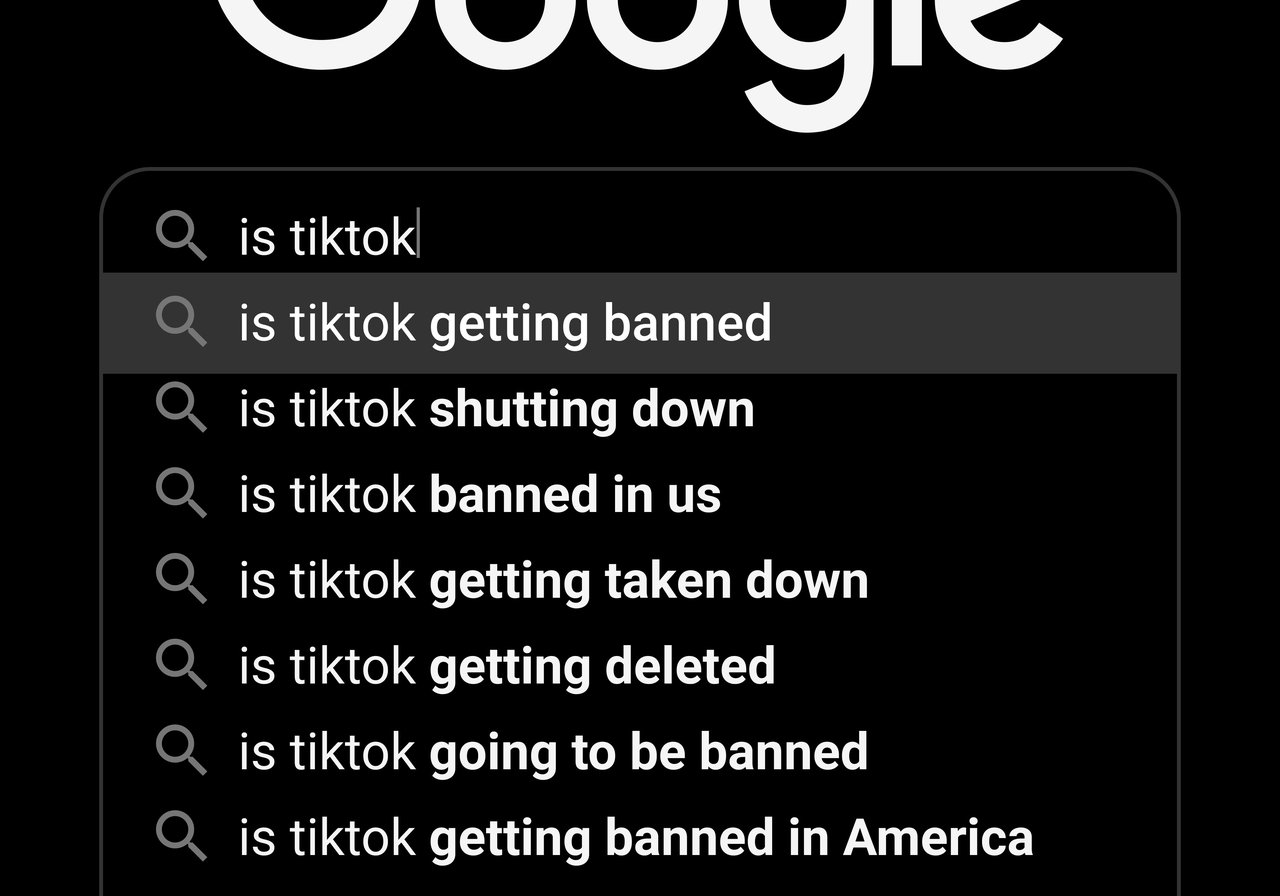How to work effectively with influencers

When looking at your marketing mix, working with influencers is still a good way to connect with yo…

The ongoing uncertainty surrounding TikTok’s future in the United States is causing a ripple effect across the digital world. Originally due to be banned or sold in December 2024, the change in US administration led to a delay to April 2025… which has now been extended to June. But where does that leave everyone in the meantime?
Creators are feeling the strongest impact from the uncertainty. For thousands of digital creators, TikTok isn’t just a platform, it’s where they make their careers. The combination of the personalised algorithm that no other platform has managed to quite match and a vast user base make it a powerful tool for building loyal followings, securing brand partnerships, and earning income.
Since the first rumblings of a ban last year, creators have been branching out to platforms like Instagram Reels, YouTube Shorts, and even Snapchat Spotlight. But no platform quite replicates TikTok’s discoverability or engagement rates, meaning creators may face reduced reach and revenue even as they work harder to stay relevant.
What’s more, the uncertainty makes long-term planning nearly impossible. Creators who had previously relied on TikTok as their primary income stream are now diversifying, not because they want to, but because they have to.
On the business side, TikTok has become a go-to platform for marketers aiming to reach Gen Z and younger millennials. Brands across industries from fashion, to tech, to food have heavily invested resources into short-form video content tailored for TikTok’s specific culture.
Some brands are taking a wait-and-see approach, while others are proactively scaling back TikTok campaigns and reallocating budgets. This then impacts creators who rely on brand deals to generate income.

Although any sale or ban in the US wouldn’t directly affect access for people here, the implications for the UK and European Union are also worth watching. TikTok’s operations in Europe are subject to different regulatory frameworks, particularly under the EU’s General Data Protection Regulation (GDPR) and the new Digital Services Act (DSA).
In March 2024, TikTok opened its European Transparency and Accountability Centre in Dublin, Ireland, aiming to show commitment to transparency in algorithmic decision-making and data privacy. This move is part of an effort to reassure European regulators, who have been critical of 'Big Tech'’s opaque practices.
In the UK, the tone has been more cautious but observant. Parliament has debated TikTok’s ties to China and its data handling practices, and the Information Commissioner’s Office (ICO) fined TikTok £12.7 million in 2023 for misusing children’s data. Although a ban isn’t currently on the table, increased scrutiny is.
For creators and brands in Europe, the current US standoff signals a need to stay flexible as any ripple effects from across the Atlantic, especially those impacting how data is handled or content is moderated, could reshape how the platform operates in Europe, too.
The short answer is 'who knows?' The only certainty is that flexibility and being able to pivot key strategy elements at a moment’s notice remains top of the to-do list for US based social media managers and creators. Whatever happens next will likely define the next decade of digital regulation, so let’s watch this space.
Our social media experts can platform-specific strategies that bring your brand and audience closer together.
Get in touch